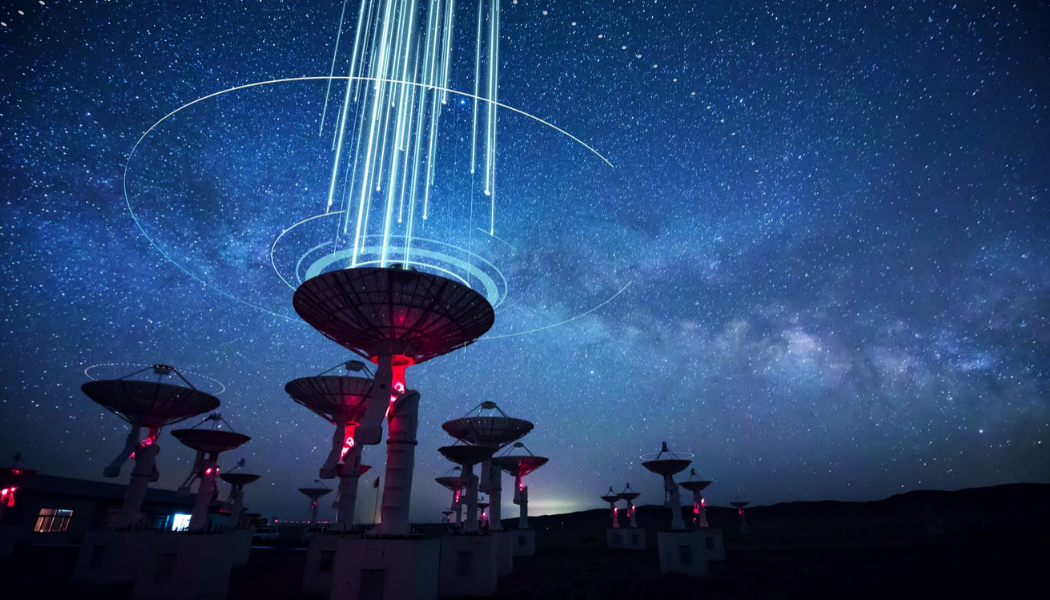Secretive radio signals from space called to reiteration. But for the first time, researchers viewed a structure in a sequence of spurts. It is coming from one origin half a billion light-years from Earth. FRBs are millisecond-long spurts of radio waves in the universe. One radio spurts also produce once and don’t a recurrence. But recapping quick radio spurts called to direct out short, active radio waves several times. Frequently when they recap, it is also irregular or in a group, according to past facts.
Between September 16, 2018, and October 30, 2019, investigators with the Canadian Hydrogen Intensity Mapping Experiment/Fast Radio Burst Project collaboration noticed a shape in spurts happening every 16.35 days. Over four days, the signal would also omit a spurt or two in one hour. Then, it will go quiet for the next 12 days.
The searches consist of the pre-print of a paper on arXiv. It is also clear that the paper has been qualified but not completely noble studied. The writers of the paper are from the CHIME/FRB teamwork or partnership. Now it is also printed a crowd of quick radio spurt researches.
The signal called rehearsing quick radio burst FRB 180916.J0158+65. In 2019, the CHIME/FRB association also noticed the origins of eight new rehearsing quick radio spurts. They consisted of this signal. The rehearsing signal was also drawn to a huge twisting cluster about 500 million light-years away.
Investigators are confident that by finding the spruce of these secretive spurts. They can also analyze what produced them. Up to now, they have found single and rehearsing quick radio spurts back to very dissimilar origins. It extends the secret.
The first rehearsing quick radio spurt traced. FRB 121102 connected back to a minor dwarf cluster consisting of stars and metals. FRB 180916 was outlined to one of the curved arms of a Milky Way-esque cluster. Recently, the signal of a shape in the signal increases to the inquiry of what was the reason these spurts to produce the way that they do.
The researchers also stated in their research that;
“The detection of a 16.35-day periodicity in a rehearsing FRB origin is an effective point to the nature of this object.”
Neutron stars are minimum in the universe. They are the leftovers of supernovae. We can compare their distances to the size of a city like Chicago or Atlanta. But they are extremely thick, with crowds larger than that of our sun. OB-type stars are short-liv warm, enormous stars. The connection between these two, and the breeze of the OB-type star, can be the reason of the rehearsing FRB’s pattern.

